Provide an appropriate response.A red urn contains 4 red marbles, 2 blue marbles, and 4 green marbles. A blue urn contains 2 red marbles, 2 blue marbles, and 1 green marble. A green urn contains 3 green marbles. A marble is selected from an urn, the color is noted, and the marble is returned to the urn from which it was drawn. The next marble is drawn from the urn whose color is the same as the marble just drawn. Thus, this is a Markov process with three states: draw from the red urn, draw from the blue urn, or draw from the green urn. Find the limiting matrix  , if it exists, and describe the long-run behavior of this process.
, if it exists, and describe the long-run behavior of this process.
A. 
 =
= 

B. 
 =
= 

C. 
 =
= 

D. 
 =
= 

Answer: D
Mathematics
You might also like to view...
Find the sum of the series as a function of x.
A. - 
B. 
C. - 
D. 
Mathematics
Find the intercepts, and then graph the line.2x - y = 4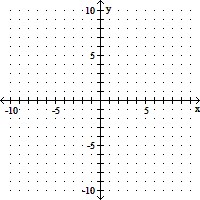
A. (0, -4), (-2, 0)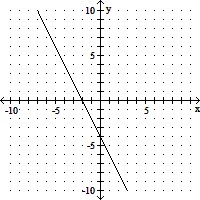
B. (0, -4), (-4, 0)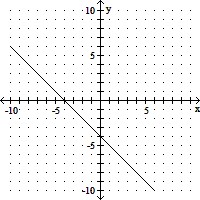
C. (0, -4), (2, 0)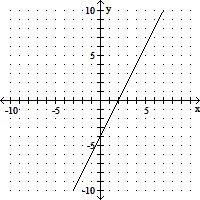
D. (0, -2), (4, 0)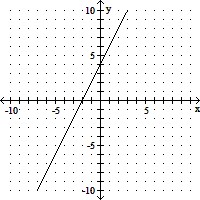
Mathematics
Find the indicated term of the sequence.The ninth term of 30, 26, 22, ...
A. 62 B. -32 C. -2 D. -6
Mathematics
Determine whether the algebraic expression is a polynomial (Yes or No). If it is a polynomial, determine the degree and state if it is a monomial, binomial, or trinomial. If it is a polynomial with more than 3 terms, identify the expression as polynomial.-2xy6
A. Yes; degree 7; monomial B. Yes; degree 7; binomial C. No D. Yes; degree 6; monomial
Mathematics